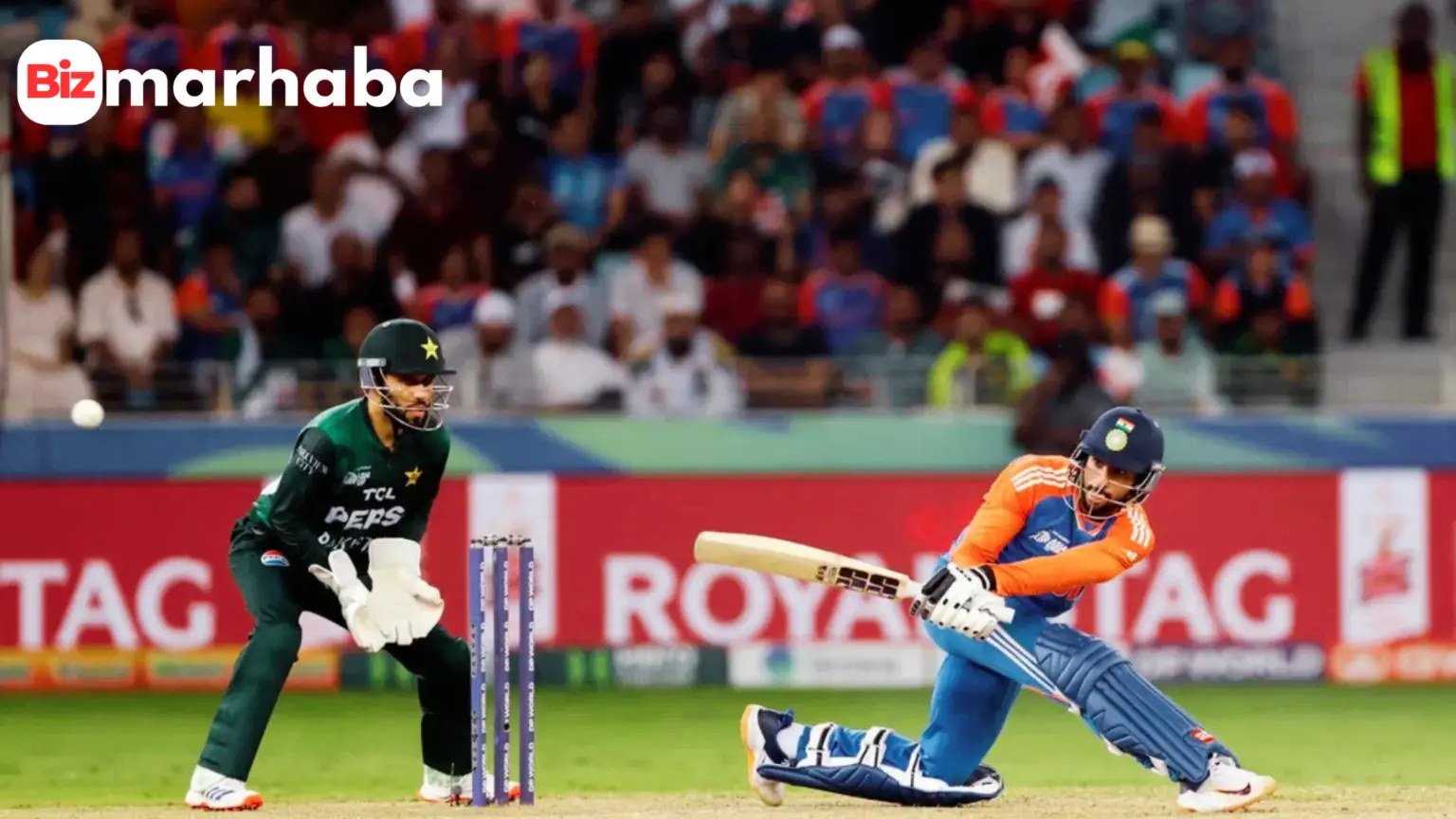India vs Pakistan at the Asia Cup final delivered the sort of drama the rivalry has come to promise. Fans will remember India’s Asia Cup victory in Dubai for a calm, controlled finish and a young batter who rose when his team needed him most. Tilak Varma produced an unbeaten 69 to steer India home and secure a five-wicket win.
Pakistan began the night with promise. The openers set a brisk tone and the scoreboard read 113 for 1 in 12.4 overs. Then the game swung. Kuldeep Yadav triggered a dramatic collapse, finishing with four wickets and bowling Pakistan out for 146. That sudden late collapse handed India a defendable chase and changed the shape of the final.
Toss and Tactical Decisions
The decision at the toss mattered. India captain Suryakumar Yadav elected to bowl, banking on early breakthroughs and spin to control the middle overs. India’s attack answered the call. Jasprit Bumrah and Kuldeep supplied crucial strikes while Varun Chakravarthy’s plans forced Pakistan into mistakes. The bowling unit constricted the chase and stifled big hitting.
India’s reply began in trouble. The visitors lost three quick wickets and slumped to 20 for 3 inside four overs. That spin and seam from Pakistan tested India’s top order. Sanju Samson and Tilak Varma then rebuilt. They combined in a measured partnership and took the scoring rate back under control. Samson offered stability; Varma supplied the attacking impulse. Shivam Dube added a late, powerful cameo of 33 that kept India in the hunt.
Turning Points in the Chase
Momentum kept shifting. Pakistan’s bowlers showed fight, and at times Pakistan looked set to win. Abrar Ahmed’s mystery spin and Shaheen Afridi’s early strike gave the hosts hope. But the match always felt balanced because one outstanding knock could tilt it. In the last five overs, India accelerated, and clarity under pressure decided the day.
Tilak Varma stole the spotlight. He paced his innings with patience. He accelerated when it mattered. Varma reached his half-century in 41 balls before finishing unbeaten on 69 off 53 balls. His sweep, his pull, and that crucial six in the penultimate over showcased his range. Fans will replay this innings in India Pakistan cricket match highlights for years.
Drama in the Final Overs
The final over produced a moment of signature theatre. Haris Rauf, brought back to bowl the end, conceded a huge six off Varma. That blow drained the momentum from Pakistan. Rinku Singh followed with a composed boundary to finish the chase in the 20th over. The last over underlined how small margins decide big games.
Kuldeep’s return to the attack deserves a tactical nod. Pakistan cruised, but his wrist spin struck thrice in a crucial phase. That triple strike dislodged the backbone of the Pakistani innings and paved the way for Bumrah to end matters. Coaches will study Kuldeep’s four-for as teams prepare to play spin on surfaces that seem good for batting but reward guile.
Wider Impact of the Win
The match carried a wider meaning beyond the result. India has now beaten Pakistan three times in this Asia Cup edition. They lifted the trophy to claim a ninth continental crown in the tournament’s long history. For Pakistan, the final exposes both promise and a fragile middle phase that needs work. Pakistan must focus on converting solid starts into big totals and on preventing collapses that decide big matches.
Tactically, both captains made bold calls. Suryakumar’s decision to bowl first leaned on his team’s strengths. Pakistan’s captain, Salman Agha, rotated his bowlers to counter the Indian left-right combinations. In close finals, rotation and match-ups matter as much as big scores. The way India managed partnerships, used their spinner to choke runs and brought back strike bowlers at key moments proved decisive.
Young Stars Shine Under Pressure
This win gives India immediate confidence and depth. Young players like Tilak Varma answered pressure in the biggest bilateral final. The title validates India’s bench strength and gives clarity on finishing options in tight chases. For Pakistan, the focus will be on converting solid starts into big totals and ensuring one or two collapses do not decide big matches. Analysts will pore over field placements and bowling changes from this game.
The atmosphere at the Dubai International Stadium added to the occasion. Fans from both countries packed the stands and the noise rose with every boundary or breakthrough. Television audiences saw a contest that combined intensity with moments of levity. Broadcasters replayed strategic field placings and replays of the crucial catches. The stadium felt like a fitting stage for such a high-stakes final.
Lessons for Coaches and Analysts
From a coaching perspective, the match offered lessons. India’s support staff will value the calm-headed finish and the way middle-order options like Shivam Dube and Rinku Singh responded under pressure. Pakistan’s coaches will focus on converting starts; the early platform at 113 for 1 suggested a much larger total. They must ask why nine wickets fell for 33 runs. The answers lie in bowling lines, shot selection, and the timing of bowling changes.
Statistically, the night will record many talking points. Kuldeep’s four-wicket haul and the way Jasprit Bumrah delivered in the final over will headline the analysis. Tilak Varma’s strike rate and the partnership lengths will find space in the post-match charts. Analysts will compare this final against past India-Pakistan showdowns and weigh this victory within India’s wider tournament record. India’s Asia Cup success here is both a statistic and a statement.
A Rivalry That Delivers
For the players, this match may be a career moment. Tilak Varma now carries a signature innings for big matches. Kuldeep’s comeback under pressure will reassure team management. On the Pakistan side, young players who displayed intent will still head home with experience that should prove valuable. The emotional rollercoaster will likely inspire training tweaks and selection debates in both camps.
Coaches and analysts will use this final as a case study on handling pressure in sub-continental conditions. The match showcased how spin, seam and field placings interact under lights and shifting pitch behaviour. Teams preparing for similar environments will pay attention to how India rotated bowlers and how Pakistan planned their middle overs. The tournament ends, but its lessons will remain.
Viewers enjoyed a night of edge-of-the-seat entertainment. Coaches found many choices to study. Young players received a live lesson in handling pressure. Television replays and social feeds will fuel debates for days. Young players such as Varma will receive scrutiny and praise. Coaching staffs will return with questions and plans. The rivalry grows; so does the game. Cricket triumphed; memories will last forever.
Conclusion
The India-Pakistan rivalry supplied passion and a reminder of cricket’s power to unite and divide. Emotions ran high. Both teams showed heart and some fine individual skill. Viewers experienced a night of edge-of-the-seat entertainment. Coaches found a lab of choices to study. For young players, it was a classroom in pressure handling. The result will influence selection conversations and tactic briefs for months. More immediately, fans will cherish the memory of a close final and a young star seizing his moment.
The trophy ceremony captured the emotion: smiling champions, gracious opponents, and a reminder that in cricket, form, fortune, timing and belief can rewrite narratives overnight indelibly.
This final delivered a compact drama. It had power, skill, and late tension. It produced a young match-winner and a tactical masterclass from India’s support cast. Cricket fans got a tight finish that honored the rivalry’s long tradition. India’s Asia Cup win in Dubai adds another bright chapter to a history that always finds new heroes.
Recommended For You
India vs Pakistan Cricket Highlights & Handshake Controversy








